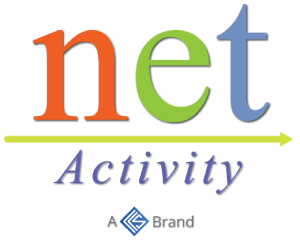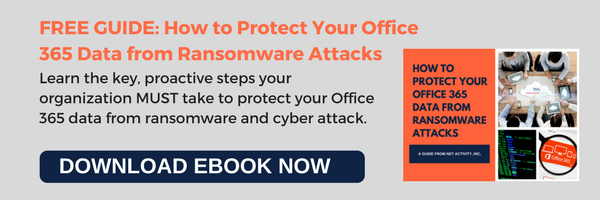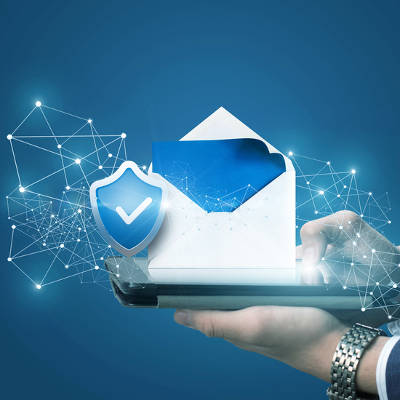Are you considering ramping up your remote workforce?
As the coronavirus continues to expand across the globe, you might be considering putting more resources and business planning in building (or increasing!) your remote workforce and the technology that supports them.
Net Activity is here to support those efforts in any way that we can. Our Modern Workspace in a Box” Office 365-based solution was uniquely designed to support all pillars needed for working seamlessly from home, or any other remote location. It does not require any VPN and cumbersome connections. This all-in-one IT solution includes the security, collaboration, and productivity tools you need, as well as remote helpdesk support, to keep your business running smoothly throughout this global crisis.
As we see it, a successful remote (home office) work environment should include the following 4 technology pillars when building up your remote workforce planning:
Security– Maintaining a safe and secure internet and network connection in a remote office setting might include a VPN and firewall, as well as multi-factor authentication for online sign-on and password management In addition to our complete Microsoft Managed Security package, Modern Workspace in a Box includes:
- Safe and secure dual authentication, antivirus and anti-Ransomware protection.
- Sophos spam filtering
- Remote data wipe if any device is lost or stolen.
- Sophos Anti-Ransomware
- Sophos Spam Filtering (Beyond Office 365 spam filtering)
Collaboration-When setting up a remote office system for your employees you’ll want to make sure you have the right cloud-based meeting communication and chat platforms in place. Microsoft Teams offers an all-in-one solution, with seamless chat, meeting, and file-sharing capabilities built into the app. This allows you to simplify and streamline the apps and tools you use-no need for Zoom or Slack, for example.
In addition, Net Activity can provide an upgrade on your PBX phone systems to a Teams-compatible business phone system. Teams phone systems allow you to make and receive calls from any device (tablet, cell, office phone or videoconference) without missing a beat. All you need is an Office 365 phone license to get started.
Productivity-Any remote office setup should include all your unique company applications and software solutions, as well as a complete productivity suite like Office 365. Modern Workspace in a Box includes all apps and tools within the O365 suite in every package. In addition, you can look to tools like Power BI, Microsoft Flow and Planner to track and monitor employee performance.
Help Desk support-To maintain your business continuity and address security and other technology issues, Modern Workspace in a Box includes unlimited remote and onsite support (as needed).
If you have any questions about putting the right tools in place for a larger remote workforce-or how to support their needs- with Modern Workspace in a Box, please reach out anytime. We are here to help.
















